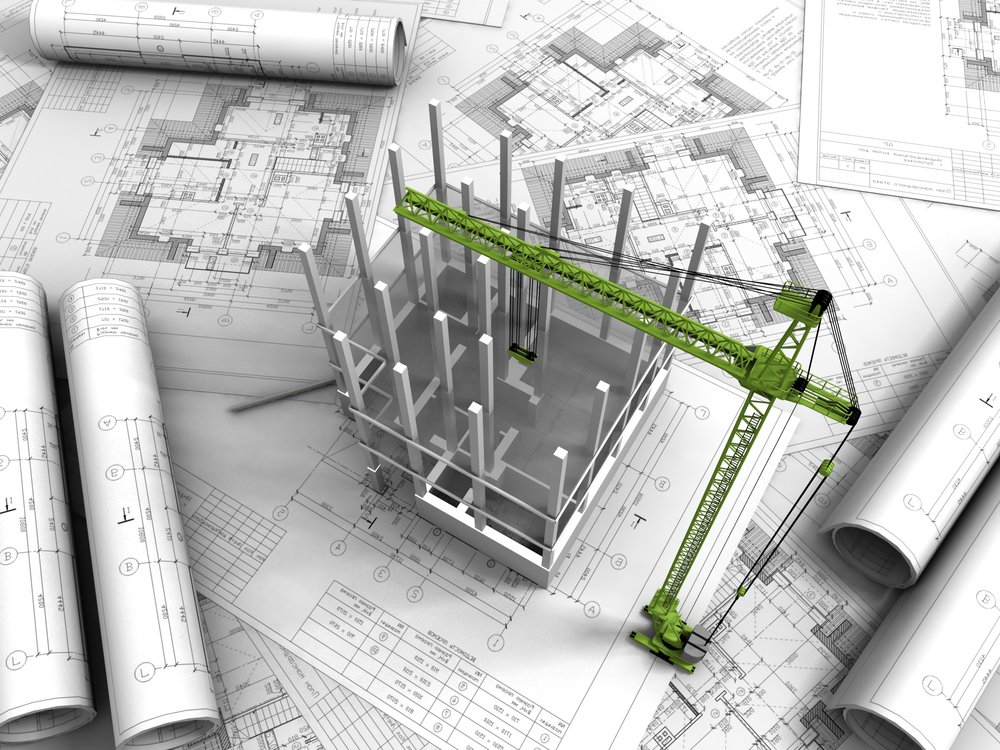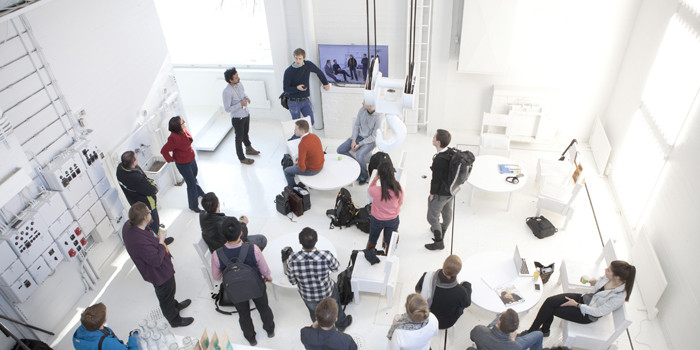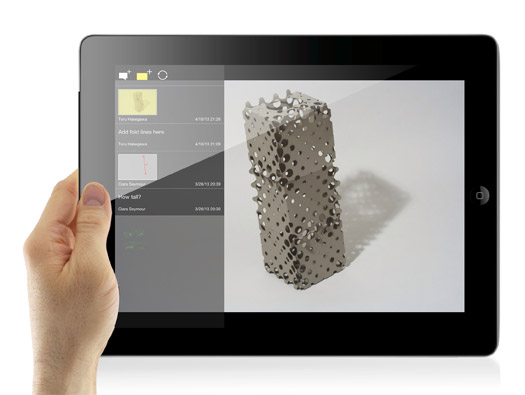How are Designers Pushing Boundaries of What’s Next? By Diverging.
Detailed quite carefully in Designing Sustainability: Making Radical Changes in a Material World by Stuart Walker the idea of divergent design methodologies is explored as a mechanism to bring larger changes to the world based on design sustainability. Factors such as spirituality, beliefs, their technological underpinnings and social meaning are measured and validated via specific toolsets to push designers to further investigate the mechanisms of innovations are accepted and utilized.













